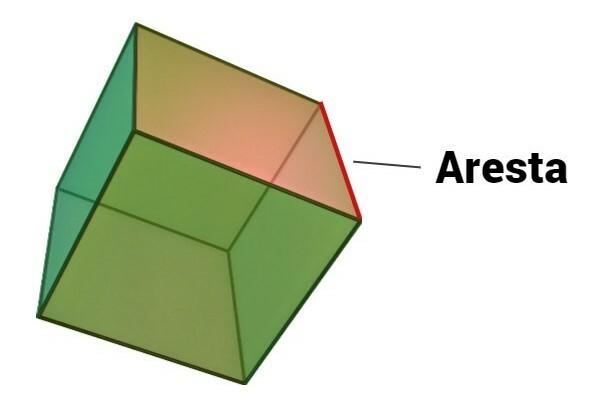Edge is the straight line that originates from the intersection of two planes that form an angle.
The word is widely used in geometry studies, as it usually characterizes the union of two sides of any geometric or trigonometric shape, as shown in the image below:

For geometry, the edge can also characterize each side of the polygons that form a polyhedron or that form the polyhedral angle.
In architecture, the edges represent the natural protrusions that give rise to angular shapes and the intersection of the vaulted surfaces, which form an edge. A good example is the corner of a piece of furniture, which can also be called an edge.
The word can also be used to characterize a kind of nail that does not have a head, used by shoemakers and glaziers.
In the interpretive sense, the word edge can mean something insignificant, imperceptible, that is barely noticeable to the naked eye.
Example: "If Melissa didn't tell me, she'd barely notice the edges of her skirt."
She can also define the characteristics of a person with difficulty to relate, because of their difficult personality.
Example: “Fábio is a boy full of rough edges. Nobody likes to talk to him”.
Still in a figurative sense, the word can also mean the unresolved points of a conflict or disagreement.
Example: "There are still some edges to be trimmed in this case."
What is the edge of a cube?
In this three-dimensional geometric figure, the edges are the lines that form the cube.

How to calculate the edge of a cube?
To make this calculation it is necessary to use Euler's Formula:
V + F = A + 2
V = number of vertices
A = number of edges
F = number of faces
Therefore, to find the number of edges of a cube, first it is necessary to know the number of vertices and faces it has, for example.
Difference between Vertex, Edge and Face

The vertices correspond to the cube tips. In this case, in this geometric form there are 8 (eight) vertices.
The edges, as said, are the lines connecting one vertex to another in the cube. There are 12 (twelve) edges in all in a cube.
The faces are the sides of this geometric figure. There are 6 (six) faces in a cube.
Meaning of "trimming the edges"
This is a popular saying that is widely used among Brazilians and can have two main interpretations:
- It is said to "cut the edges" in the sense of solving outstanding problems, trying to find an agreement or conciliation.
- It can also represent the idea of "taking care of the details", that is, solving the details that have not yet been worked out.
See also the meaning of the geometric shapes.

